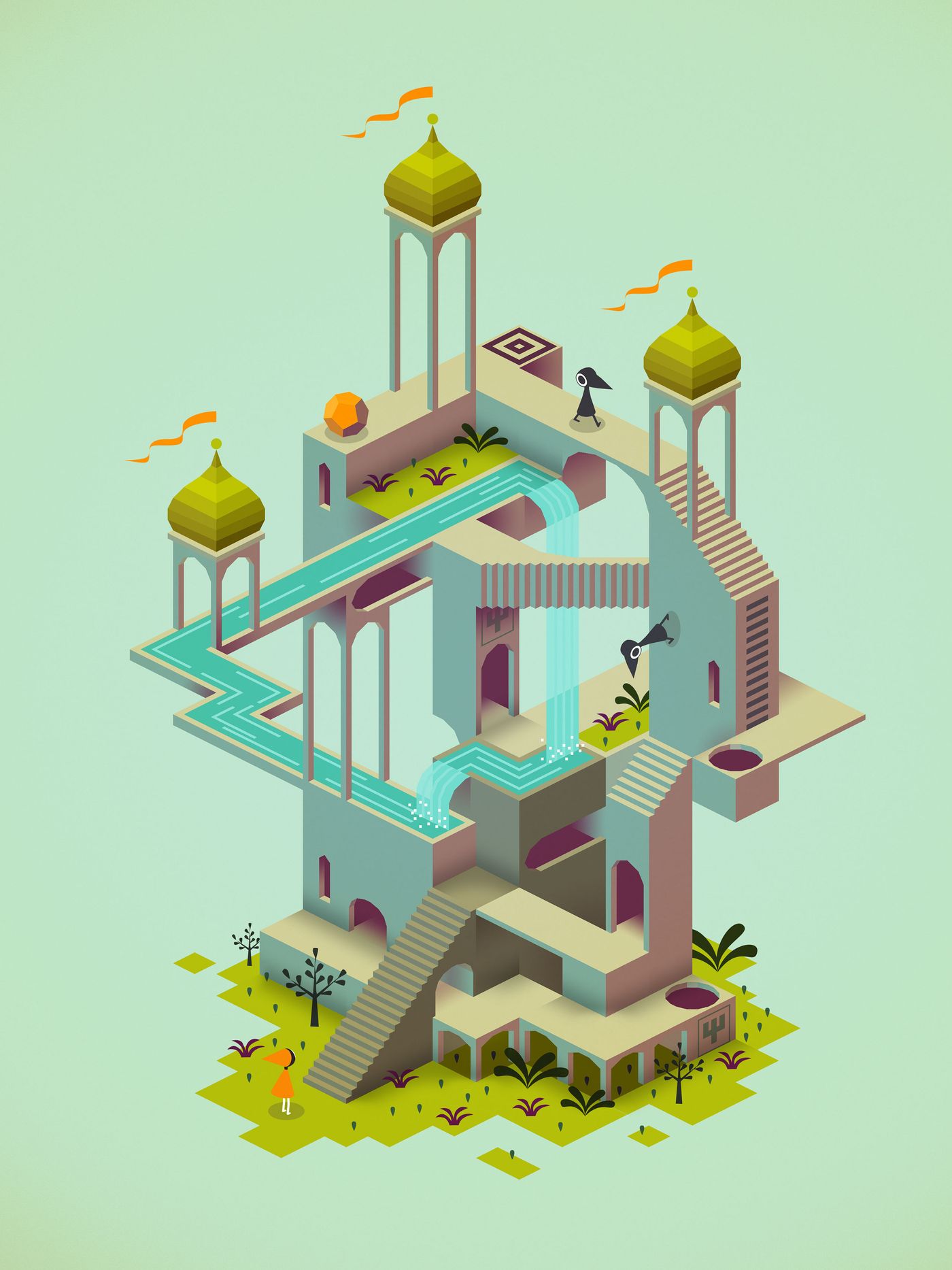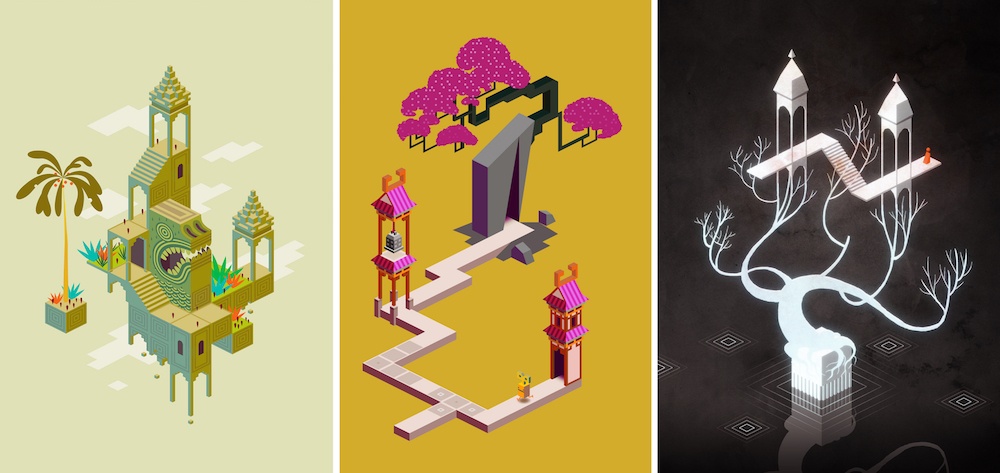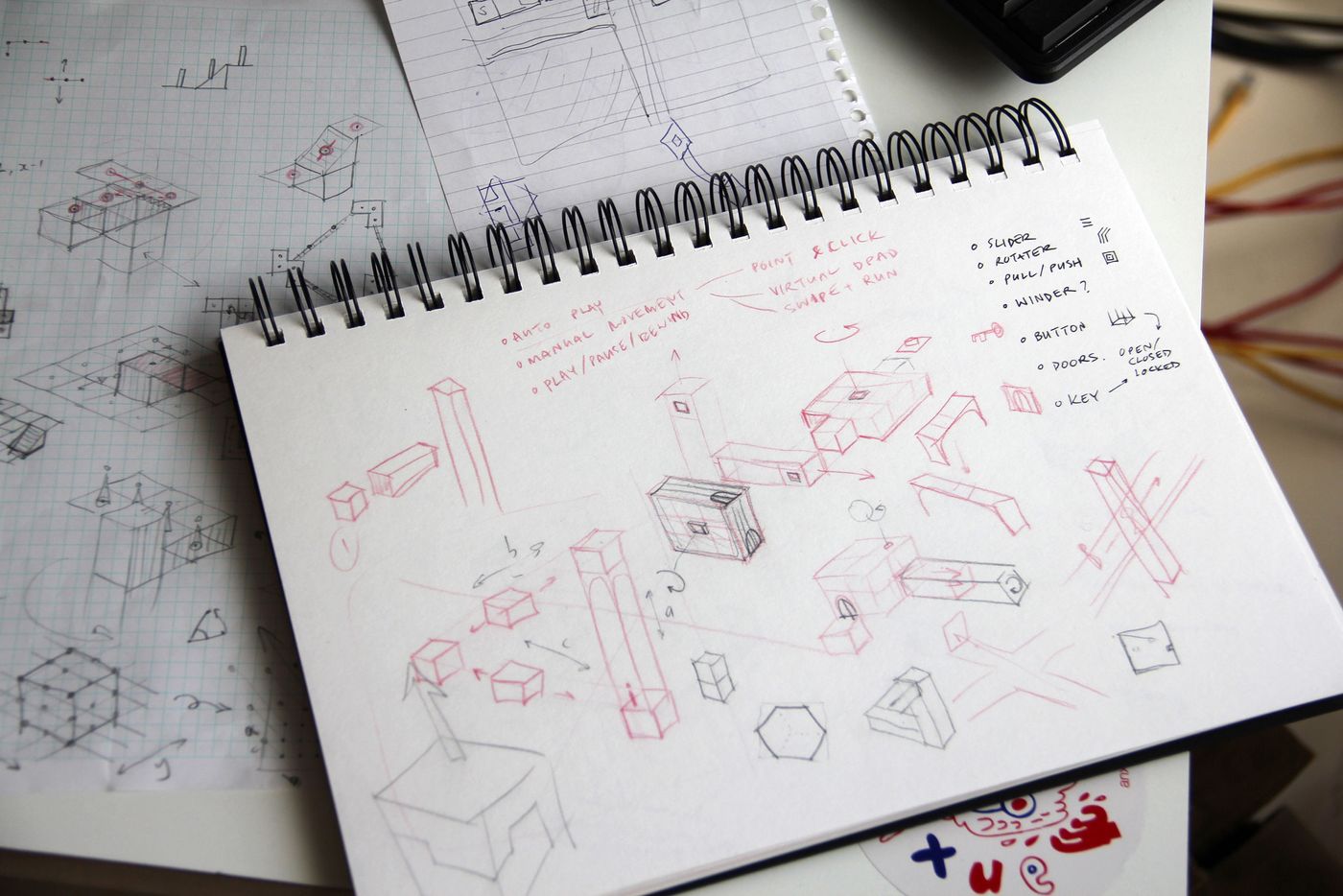In Monument Valley, the design philosophy prioritizes exploration and creativity over punishment and failure. When navigating through the game, players control Ida as she traverses a stunning array of visually captivating landscapes filled with optical illusions and intricate structures.
One notable aspect of the game’s structure is that reaching a dead end does not lead to a fail state. Players are encouraged to embrace a trial-and-error approach without the fear of being penalized for making mistakes. If players lead Ida to a location where progress seems impossible, the solution lies in simply turning her around and retracing their steps. This mechanic allows players to explore other potential routes or manipulate the environment in different ways, reinforcing the game’s central theme of perspective.
The absence of permanent consequences for venturing into a dead end fosters a playful experience, inviting players to experiment with their surroundings. Players may discover new pathways by adjusting their viewpoint, rotating platforms, or tapping into the game’s unique mechanics. Each exploration encourages intuitive problem solving and lateral thinking, as players must consider how to shift their perspective to unveil hidden routes or solutions.
Ultimately, this design choice enhances the player’s experience by making exploration the core of gameplay. The idea of navigating through a beautifully crafted world, where curiosity is rewarded, aligns with Monument Valley’s artistic vision and encourages players to delve further into its rich environments without the frustration of being stuck.







Leave a Reply